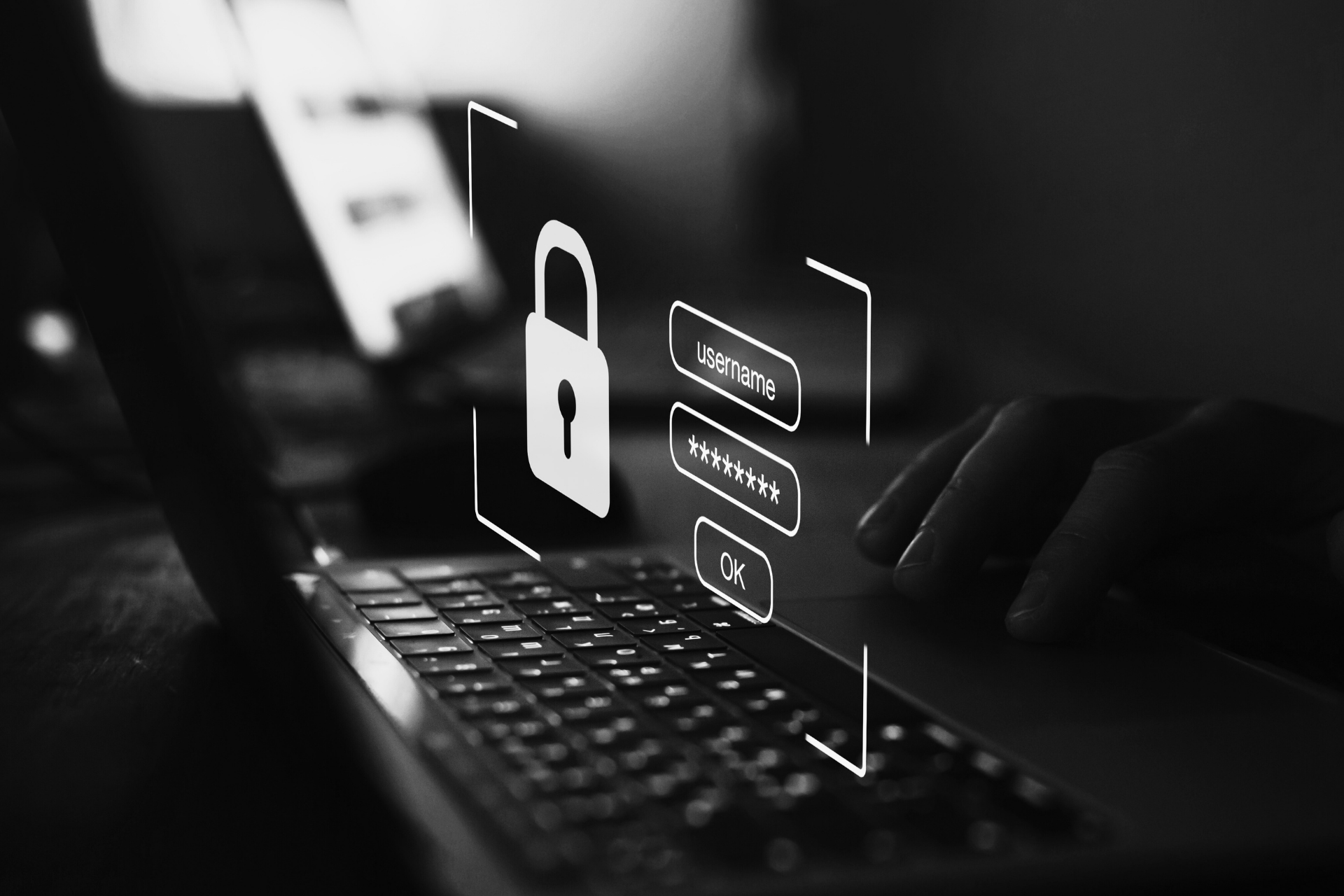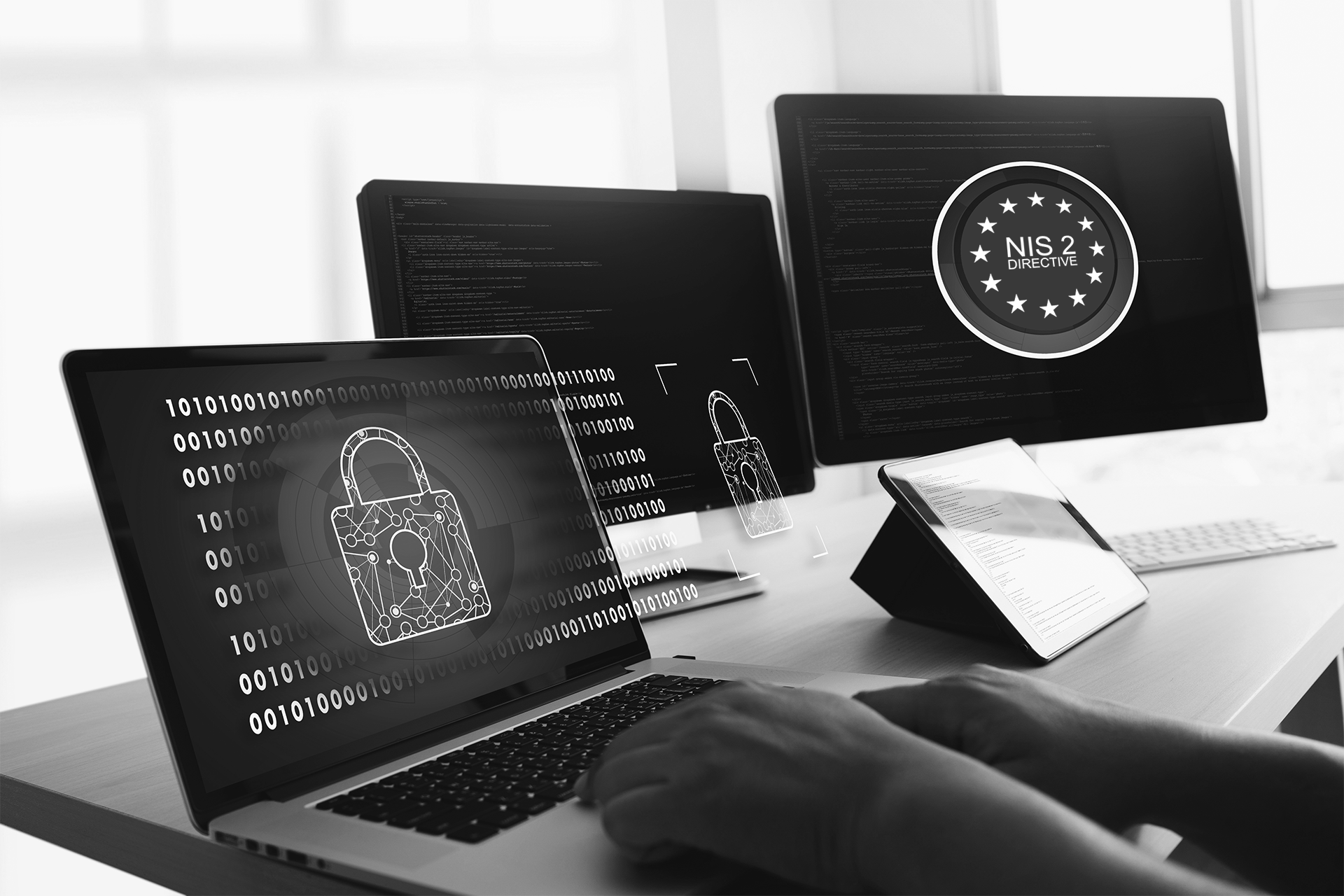Software Testing
![PH_wp_[EN]_Blog listing - banner](https://qestit.com/hubfs/Website/Web%20pages%20photos/PH_wp_%5BEN%5D_Blog%20listing%20-%20banner.jpeg)
![PH_wp_[EN]_Blog listing - banner](https://qestit.com/hubfs/Website/Web%20pages%20photos/PH_wp_%5BEN%5D_Blog%20listing%20-%20banner.jpeg)
![PH_wp_[EN]_Blog listing - banner](https://qestit.com/hubfs/Website/Web%20pages%20photos/PH_wp_%5BEN%5D_Blog%20listing%20-%20banner.jpeg)
![PH_wp_[EN]_Blog listing - banner](https://qestit.com/hubfs/Website/Web%20pages%20photos/PH_wp_%5BEN%5D_Blog%20listing%20-%20banner.jpeg)
![PH_wp_[EN]_Blog listing - banner](https://qestit.com/hubfs/Website/Web%20pages%20photos/PH_wp_%5BEN%5D_Blog%20listing%20-%20banner.jpeg)

Vulnerability Scanning
Secure operational integrity, adequacy of security measures and the fulfilment of compliance requirements, through continuous vulnerability scans.
Provide Your Information
The Critical Role of Vulnerability Scanning in Cybersecurity
Today the question isn't whether an organisation will be targeted by cyber threats, but when. Vulnerability scanning plays an essential role in preemptive security strategies by providing insights into an organisations security posture. It helps to identify weaknesses before they can be exploited, ensuring that sensitive data remains protected and that systems operate as intended. Beyond the immediate benefits of risk mitigation, regular scanning is often a requirement for compliance with industry standards and regulations, highlighting its importance not only for security but also for operational integrity.

Vulnerability scanning is not a one-time task but a critical, continuous component of a robust cybersecurity posture. It offers valuable insights into the security stance of an organisation.
By adhering to best practices and integrating vulnerability scanning into regular security routines, you can significantly enhance your defensive capabilities, ensuring the protection of critical assets and the continuity of operations.
Leveraging the latest in scanning technology, our service scrutinises every aspect of your infrastructure, from endpoints to network devices and services, identifying vulnerabilities across a wide array of platforms.
The result is a comprehensive vulnerability assessment report that not only highlights security gaps but also priorities according to the Common Vulnerability Scoring System, guiding effective remediation strategies.
Comprehensive Vulnerability Management Services
integration Providing Data in machine-readable format to import into your SIEM.
Stay Ahead of Cyber Threats
Identify and address security weaknesses before they become a threat. Our comprehensive vulnerability scanning services ensure your systems are secure and compliant.
Provide Your Information
Common Questions about Vulnerability Scanning
Vulnerability scanning is an automated process that identifies known vulnerabilities in software and systems. It's typically broad and focusing on identifying potential vulnerabilities. On the other hand, penetration testing (pen testing) is a more targeted, manual process where security experts attempt to exploit vulnerabilities in a system, simulating an attack to test the effectiveness of security measures. While vulnerability scanning identifies potential vulnerabilities, penetration testing attempts to exploit them, offering a deeper analysis of an organization's security vulnerabilities.
Scans are generally non-intrusive and can be scheduled during off-peak hours to minimize any potential impact on business operations. Also break-out conditions can be defined depending on systems response times. Nevertheless, there is a small possibility for disruptions that must be considered during the design process.
The frequency of vulnerability scans can depend on various factors, including the organization's size, the complexity of its network, regulatory requirements and the time it will take to finish the scan. However, as a best practice, it's recommended to conduct vulnerability scans quarterly at an absolute minimum. More sensitive environments or those under strict regulatory mandates may require monthly or even continuous scans to detect and mitigate vulnerabilities promptly.
Many regulatory frameworks require regular vulnerability assessments as part of compliance. Such as PCI-DSS where vulnerability scanning of internal and external environments are required on a quarterly basis. Vulnerability scanning can help fulfill these requirements by systematically identifying and documenting potential security gaps.
While vulnerability scanning is a critical component of a comprehensive cybersecurity strategy, it cannot guarantee a completely secure network. This is because new vulnerabilities are constantly being discovered, and sophisticated attackers may exploit zero-day vulnerabilities, which are unknown to the public and thus not detectable by regular scans. Therefore, vulnerability scanning should be part of a layered comprehensive security approach, including regular updates and patches, employee training, penetration testing, and other security measures to provide the best defense against cyber threats.
Get insights, knowledge and tips about security





